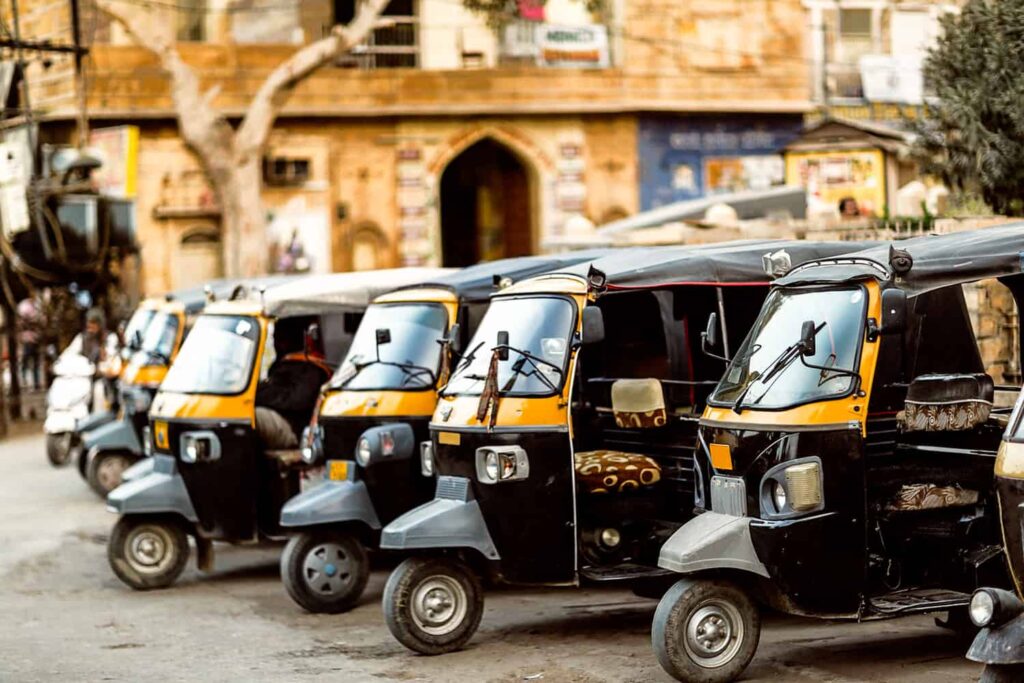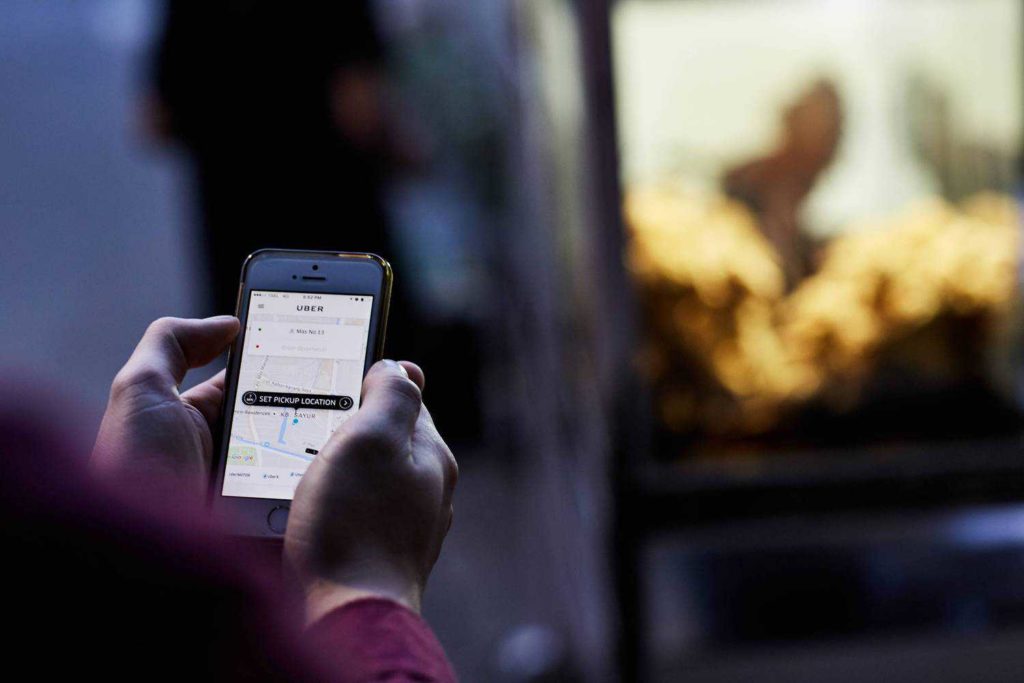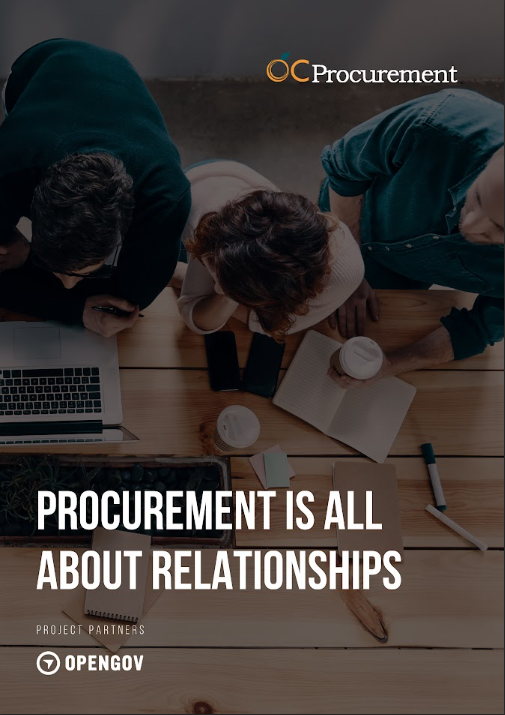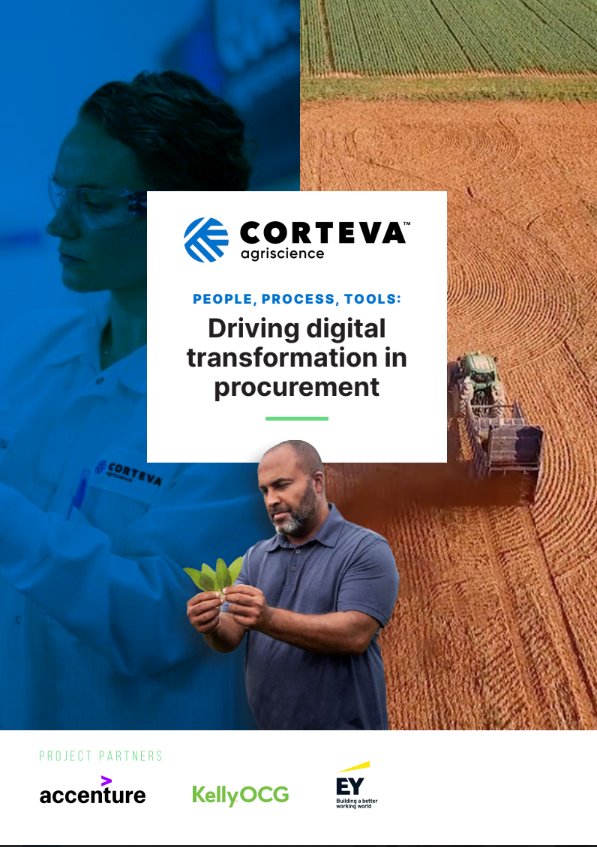For a relatively young company, Uber hasn’t wasted any time becoming a household name. Our media is flooded with the ride-sharing giant’s name, as it sweeps the globe with its expanding roster of services, and it’s even become a common benchmark, with startups all over the world describing themselves as ‘the Uber of (insert service here)’. The name has become a mark of expertise and good business sense, and allowed the business to find exciting footholds in rapidly growing markets, such as the Asia-Pacific (APAC) area.

Brish Bhan Vaidya, Head of Strategic Sourcing & Supply Chain at Uber APAC, was one of the early members of the sourcing function, globally, and the first of the sourcing function’s employees in the India South Asia region (and second in APAC region, including ANZ). At the time, the company was experiencing rapid growth in India; now, the business has expanded into every APAC country. It is thanks, in part, to procurement experts such as Vaidya that this level of growth has proven possible, which is why many other branches are repositioning themselves to invest in and prioritise strategic sourcing. This importance of shining a spotlight on procurement is not lost on him.
“When companies want to improve upon their revenue, the method is to sell more, and if they want to reduce operational expenses and get into profit mode, the largest contributor to that – after sales – is always the procurement function,” Vaidya explains. “Sales can define what the margin is, but it’s generally the procurement function which has the significant impact.”
A spotlight on procurement
Traditionally thought of as a back-office function, procurement is now much something which holds hands with every other function in a business – but that doesn’t mean those partnerships are necessarily straightforward, and a great deal of strategic thinking has to go into making it seamless. For Uber, this meant a top-down approach – something which is made easier thanks to advanced technology – and, for Vaidya, it helps to work closely with operations and other teams and ensure that both sides of the business operate in equal harmony.
“One of the interesting partnerships I can mention is the 360-degree approach that we have with our suppliers. Myself and my team meet a lot of decision-makers, including the CXOs from the supplier side, and we don’t forget to pitch Uber for Business (U4B, the team catering to the ground travel needs of the corporates) to them in our discussions,” Vaidya explains. “I was doing a deal with a large telco in India and we asked if they would accept us as a partner when their employees travel. Those kinds of deals can become very easy to negotiate, and management is very supportive of such ideas.”
Vaidya believes this is one of the unique features of the way Uber marries its various functions (e.g. sales, safety and quality, community operations etc.) and procurement – it’s something not many companies do. “I’ve rarely heard of sourcing people pitching their company’s products to suppliers, but here at Uber, we have a product that’s used by every type of company, because everybody travels.” This kind of pitching of the company’s offering, between two procurement teams, helps to support what the sales teams does and stimulate new avenues of growth.

A question of procurement maturity
One reason the procurement and other operations – including sales and BD – partnerships have been working so well for Uber, while others might still keep the two segments more separate than they need to be, is the trust that they have built with each other. Most of the business stakeholders know the value that the procurement team brings to their business, where procurement not only possesses procurement acumen, they have business acumen too. In Vaidya’s experience, many businesses think their procurement is of world-class quality, but in his experience, that’s not always the case. “They might claim to have great procurement, but the moment you start benchmarking them against the standards and comparing to other organisations, they realise there is a lot to achieve still,” he says.
“As a simple example, most organisations run multiple enterprise and function level tools which do not talk to each other, and, even if they are integrated, the information is either not used by all or not used fully. This is not the sign of a mature organisation. Similarly, if a procurement organisation claims to manage 100% of the spend effectively, they still keep running analysis to understand the tail-end spend from time-to-time.”
For Uber, the last four years have marked a turning point in its own procurement maturity. Back when Vaidya joined the business, there were only seven or eight sourcing and procurement employees working for the company in the entire world – prior to that, every major deal was happening within the US and the rest of the world simply followed. “Now, we’ve done a lot of optimisation, where processes are set, tools are available and talent is at work,” says Vaidya.
“The initial challenge, when I joined and happened to be the first in the region, was introducing myself to businesses by saying, ‘this is my role; this is what procurement looks like’. Almost four years ago, when I joined Uber, the average age of Uber employees in India was 28 or 29 with a lot of them in their first ever job. For a lot of the employees, there were 2-3 major functions which were core for the organisation’s success, and procurement was not a known function at all. It was difficult, going in and saying, ‘okay, let’s work together and I can help you get the right suppliers in place to reduce risk for the organisation, and do price benchmarking so that we can improve our procurement costs’. As the focus was only business growth rather than cost, they weren’t worried about that. That’s where the top-down approach works, because the management was convinced that to stay in the field for a long time, cost, compliance, and risk needed to be focused on.”

When some of the potential risks include the possibility of getting into legal challenges, mature stakeholders do listen. If something does happen – for example, an SMS sent without knowing what the local regulations are – the recipient can lodge a legal complaint against the sender; that’s not just the loss of a customer, but the brand reputation as well as the right to send any further customer communication through the same channel. Now that attracted the attention of the rest of the functions, and the procurement function’s determination, under Vaidya’s leadership, to change attitudes towards itself slowly increased engagement across the company and allowed him to focus on pure strategic sourcing.
Now, the sourcing function is experiencing great success not just in South Asia, but the entire APAC region across all the functions, thanks to the business gaining confidence. This was bolstered by Vaidya’s ability to cut costs, improve control and compliance and help put supplier relationship management processes in place. By the third year of the sourcing team’s existence in India, he was invited to be part of the core leadership team focusing on cost optimisation across the region. Today, anything that is done in India, which involves either the spend or the requirement of a supply base, he is part of, and the country leads the way for the organisation in APAC. Now, other large markets – like Australia and New Zealand – have begun looking to India to shape the way Uber operates for them.
“Transformation is happening, in Uber’s procurement, now that we touch almost every function,” says Vaidya. “There are some regions where we still have do slightly more. We have the demand from the business and we are focusing there slightly more now. APAC as a region is little ahead in terms of procurement maturity. Thanks to the stakeholders in the region who have not just trusted us, they have cooperated too. And, thanks to the wonderful talent in the team too, who have delivered per expectations.”

Building trust with stakeholders
Clearly, the journey Vaidya has undertaken with Uber APAC has been a winding, shifting and constantly-evolving one. Now in an enviable global position, this segment of the business is inspiring its many other arms to be better – but the original approach to the roadmap-planning process was actually fairly simple. Vaidya and his team looked at the high spend areas, to begin with, researching what supplies should cost and which areas in the supplier engagement could be improved, which is what some of the early benchmarking centres around.
“I remember one of the initial sourcing projects I started working on, and had huge success in, not just bringing the cost down, but putting a strong governance process around,” he explains. “These initial successes helped build a great level of trust with the regional leadership team. One of them was to do the benchmarking of telco rates for cloud telephony against what Uber was paying for. After connecting with some major suppliers in the country to understand their operating model, costs, et cetera, and then doing business review meetings with the incumbent supplier(s), the plan was almost clear and it needed just a couple of rounds of negotiations to bring the cost down by almost 60-70%. Needless to say, a lot of process efficiencies were the added value to the project.”
After this project, doors were open to explore more spend areas and sponsorship from the region’s president came automatically. The thing that came out clearly was that the earlier negotiations were led from the US, and there were a lot of local nuances and knowledge which was missing in the previous deals. Those early discussions were very tactical, and we built a strategy around that.”
That strategy was put in place by December that year, as the business wanted to throw itself into the new direction in 2017; the plan included what the India and South Asia region wanted to achieve in 2017 in terms of trip count, the number of cities it wanted to launch Uber products in, what the guidelines for spending were for each of those cities, and what procurement policy and compliance needed to be put in place. Now, thanks to the formulae and processes the sourcing team has implemented, the past two-to-three years of Uber APAC have been very straightforward.
“I don’t think we’re facing any major issues, as such, except that the pace of growth is changing, new product lines from business are being introduced and the organisation is becoming more matured,” Vaidya explains. “The sourcing team has access to most of the information it needs, be it the spend around the procurement category or the growth numbers of a country or a city at product line level. We see how the plan is being built today.”

Teamwork
That sharing of information, of keeping everybody on the same page, only works when a team works well together – and that only happens when a team is content and empowered. According to Vaidya, this is a defining part of Uber’s culture. “In previous organisations, when defining the job description for a particular position, the intention was always to bring in someone who has prior experience doing that,” he explains. Simple as that. “I always followed that process because that’s how the organisational culture was, but Uber is very different. It allows a lot of empowerment for every single person, regardless of their job level, so when I was building my team over two years ago, I made sure to choose people who could not only deliver the sourcing and procurement objective, but work closely with stakeholders, believe in the organisation’s vision and are mission-driven.”
This people-centric focus extends, of course, to suppliers. Uber’s strong supplier relationship model focuses on collaboration, and showing suppliers what the value is for them – but it wasn’t always like that. Four years ago, it was not matured enough; the business was frequently switching suppliers for the promise of a slightly reduced cost, which eventually meant that a lot of vendors did not have high engagement with Uber.
“They used to tell us that we changed our minds too often, but things have definitely changed there,” Vaidya explains. “We’re not perfect, but what we do on the supplier relationship management, especially with the top vendors, is make sure we’re transparent with them. We expect them to be flexible and fast-paced, wherein our business volumes can change drastically on either side and they should be ready to execute the supplies and services with no SLA breach. But a lot of our vendors understand our business and they’re happy to deal with the potential risks.”
Crisis management
Speaking of risks, it would be impossible to discuss Uber’s continuous improvement journey without discussing how it dealt with the current COVID-19 pandemic. As Uber’s everyday ride-sharing business ground to a halt, suppliers were quick to get in touch and ask: how does this affect our relationship? Some difficult discussions had to happen, but ultimately, everybody involved was and is affected by something that couldn’t be foreseen. So Uber worked closely with its partners to help identify new directions and revenue streams; for example, one supplier that would have normally provided facilities management products to Uber’s offices was asked to, instead, source PPE for them, and Vaidya’s team assisted the process by talking the business through some manufacturers to approach.
“Similarly, another company was doing background checks for drivers. Knowing what the capabilities of the company are, we asked them to provide certain field based services which had no relation with their existing services portfolio. There are a couple of more examples where the ask from Uber, from its supplier, utilised their core capabilities to innovate better for the suppliers. On one side, a supplier in the field of BTL activations was asked to manufacture and install safety shields in the vehicles; on the other hand, a company in the domain of physical security services was made ready to do the physical distribution of PPE kits across multiple cities. So we were able to show some vendors new ways of working, and new ways of making revenue while being associated with Uber, so that those relationships stayed strong. It’s helped maintain our reputation; suppliers have a great respect for Uber, because it’s not all about price with us – it’s also about innovation.”
And if COVID-19 hadn’t happened when it did? Vaidya’s team was ready to support the growth in the currently operational cities, expand its existing product verticals in the new cities and work with business in launching new products across the region, but that didn’t happen. Fortunately, the inherent agility of the business has meant that it has adapted as necessary and changed its priorities. Right now, the company is talking to each of its vendors, large and small, counting every dollar it spends and preparing for a new normal before, inevitably, returning to its initial plans.
“Uber’s culture has allowed us to get through this period, its core values,” says Vaidya. “It helps that everybody is empowered to make a decision, and that has been key to all of our successes.”









